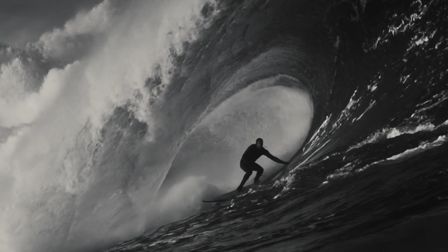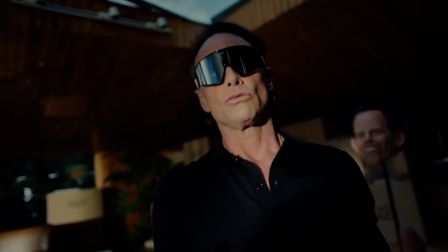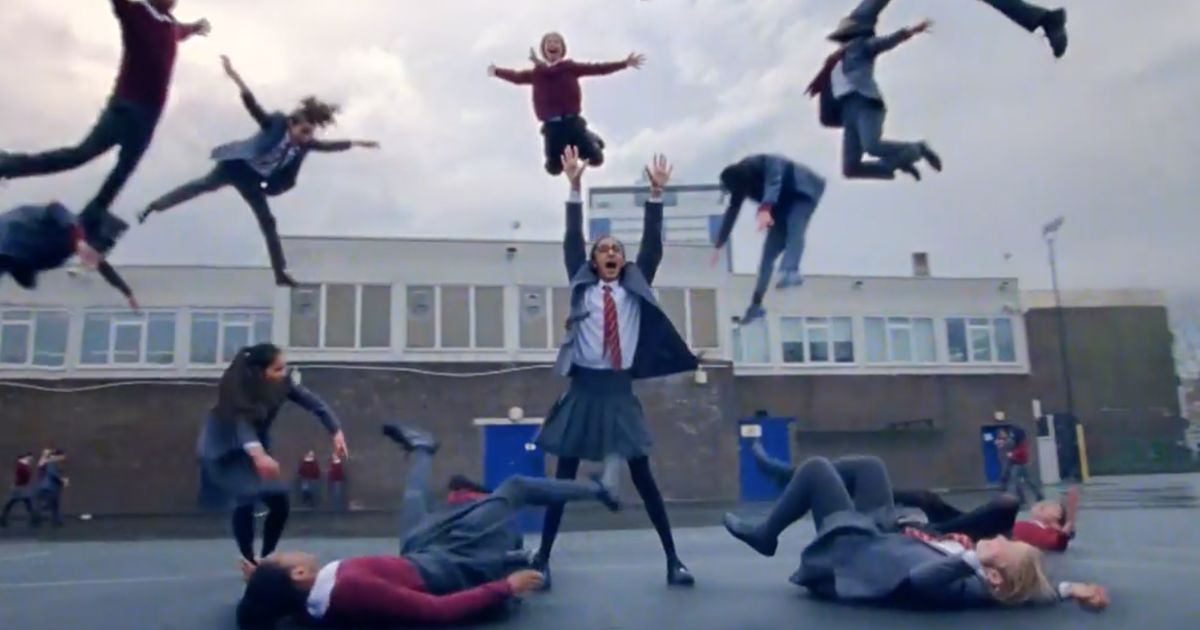Megaforce Take Us Behind the Scenes of the New Nike Film
Leo Berne and Raphaël Rodriguez, two parts of the Megaforce quartet, talk us through the new Nike spot; from creating separate segments that all fit together, to acting as 'coach' to newbie actors.
Credits
powered by
- Agency Wieden+Kennedy London/UK
- Production Company RIFF RAFF Films
-
-
-
Unlock full credits and more with a Source + shots membership.
Credits
powered by
- Agency Wieden+Kennedy London/UK
- Production Company RIFF RAFF Films
- Sound Design 750mph
- Post Production Time Based Arts
- Editing Company Final Cut
- Editor Joe Guest
- Director of Photography Nicolas Loire
- Agency Producer Michelle Brough
- Executive Creative Director Iain Tait
- Executive Creative Director Tony Davidson
- Executive Producer Matthew Fone
- Creative Tom Corcoran
- Creative Tom Bender
- Head of Production James Guy
- Director Megaforce
- Producer Nick Goldsmith
- Creative Director Mark Shanley
- Creative Director Paddy Treacy
- Colourist Simone Grattarola
- Sound Designer Sam Ashwell
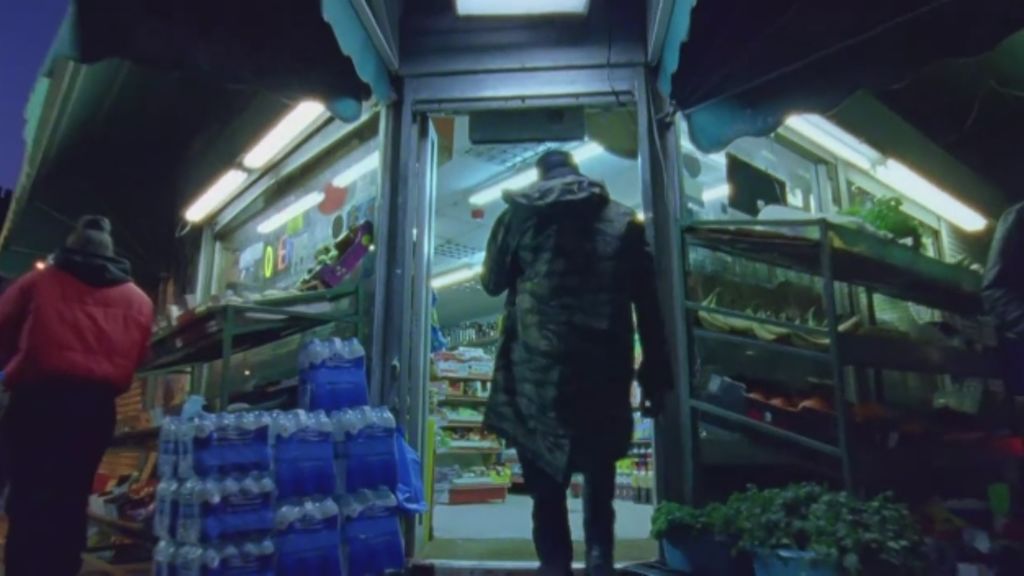
Credits
powered by
- Agency Wieden+Kennedy London/UK
- Production Company RIFF RAFF Films
- Sound Design 750mph
- Post Production Time Based Arts
- Editing Company Final Cut
- Editor Joe Guest
- Director of Photography Nicolas Loire
- Agency Producer Michelle Brough
- Executive Creative Director Iain Tait
- Executive Creative Director Tony Davidson
- Executive Producer Matthew Fone
- Creative Tom Corcoran
- Creative Tom Bender
- Head of Production James Guy
- Director Megaforce
- Producer Nick Goldsmith
- Creative Director Mark Shanley
- Creative Director Paddy Treacy
- Colourist Simone Grattarola
- Sound Designer Sam Ashwell
Last Friday Nike released an epic, internet-busting spot that featured a host of young, up-and-coming sportsmen and women alongside established sporting superstars as well some well-known music artists.
The theme of the campaign, called Nothing Beats a Londoner, was, as the title suggests, London, in all is complex glory, and showcased a host of sports, including but not limited to football, basketball, ice hockey, boxing and rugby.
The campaign was created by Wieden+Kennedy London and the three-minute film, directed by Megaforce, through Riff Raff Films, features sports stars including Harry Kane, Alex Iwobi, Mo Farah and Dina Asher-Smith, and artists such as Skepta and J Hus.
Below, Leo Berne and Raphaël Rodriguez, the two members of the four-strong collective behind the film, give their insight into the making of Nothing Beats a Londoner and reveal why taking on the project was both challenging and satisfying in equal measure.
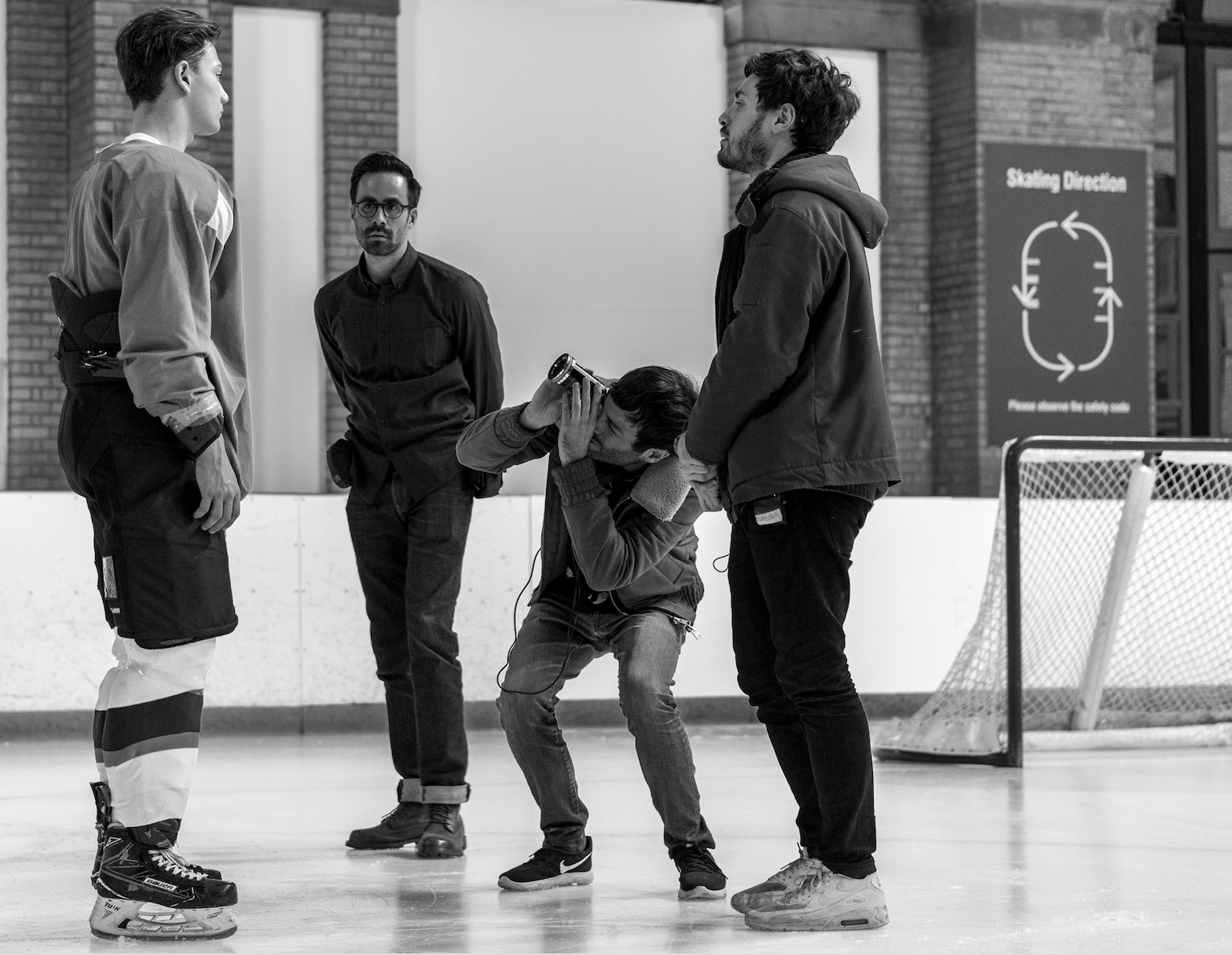 Above: The Megaforce team on location for one of the film's segments.
Above: The Megaforce team on location for one of the film's segments.
What were your first thoughts on receiving the script?
Berne: The script was huge, really big, with lots of stages and, for us, it was a little bit intimidating because there was so much stuff, so many long words, so many lines that we didn’t understand, so it took us an afternoon to clearly understand it. But it was really fun and we were really excited to receive a Nike script that had such ambition and such a lot of references.
Rodriguez: It was a surprise for us to receive a Nike script with comedy performance in it, with actors talking [and] not just comedy visuals; it was cool for us to be able to work on that.
"You don’t always [push] professional actors, you just wait for them to perform, but we acted more like sports coaches with them, pushing them to do better. We had to help them not to be shy."
Did the scale of the project intimidate you at all?
Berne: It was intimidating in the way that it was so ambitious and the idea so big, with so many ingredients. We had to find something to make the separate scenes work into one, bigger film. It was an interesting and difficult challenge. The previous Nike campaign we did were Vine videos [below] where you could make a little joke and it was all very different and self-contained, but with this one we had to find something that could link all the stories into one bigger piece that worked and which also kept the rhythm as well.
Why do you think it was decided that you were the best director for the job?
Berne: I think the fact that they [W+K] liked the Vines that we did helped, but we also came up with a vision of how to make it all work together. We wanted to nail the relationship between all the kids in the film and so we came up with the idea of bringing the kid from the next segment into the end of the previous segment so that they could talk to each other before starting the new scene, and they could talk to the audience through the camera.
We also wanted to treat all the different scenes with different music, to have a medley, where everything could have its own music. But we felt that we couldn’t keep that approach all the way to the end and that there needed to be a pause in the middle [the barbershop scene, below] and then, from there, it’s all the one track to create a big ending, a crescendo.
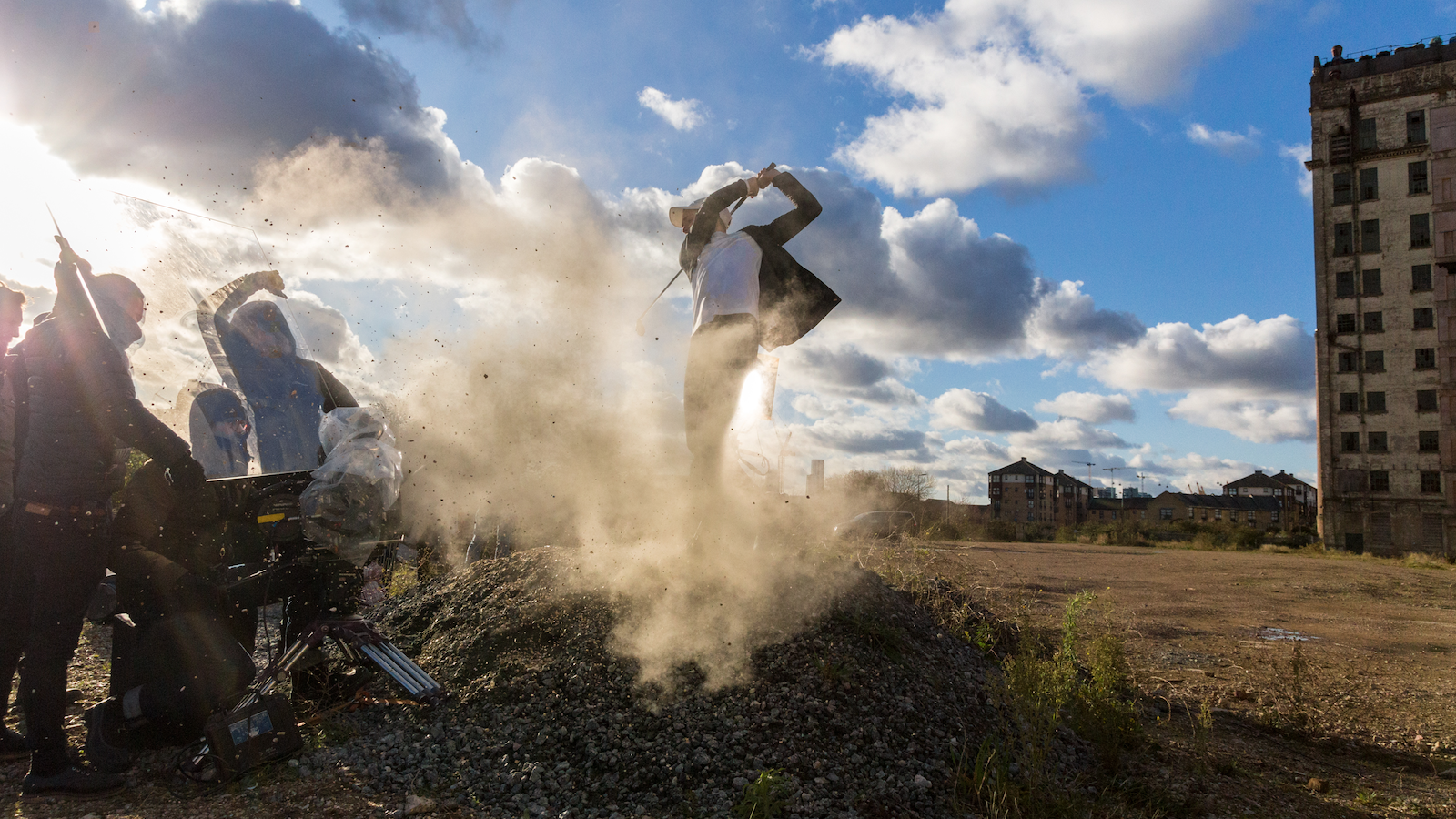
How integral was the music to the finished piece?
Berne: After we sold the idea we did an animatic of the story board and we put some music on it, just to give some references to the agency. We wanted it to feel like it was a DJ contest, like the ones where they switch tracks every five seconds. That’s the feeling we wanted at the beginning.
Rodriguez: It was hard to find the right music for the last part [of the film]. It was easier to see what was working and what wasn’t working for the first half, where you could see it playing out with the pictures, but the second half was harder; you needed to be able to convey a feeling, an emotion… it was really hard to find the right track!
How did you eventually find the right piece of music?
Rodriguez: In the end it came from the agency. They had a lot of music researchers. They had to find something that was cool, but which wasn’t too pretentious either, and which could act as a crescendo.
"It’s always tricky with celebrities; you have to learn to adapt and you sometimes have to wait around or you have to reshoot, but that’s part of the job."
How did you approach such a large production?
Berne: We always work the same way; we create a storyboard, then an animatic of it, and then when we do the tech reccie, we shoot, with an iPhone, the film, so as to work on the rhythm. The [finished] films usually end up pretty close to the film we shot on the iPhone. It also helps us understand where the difficulties might lay and which parts of the script might be too long.
I think, in the end, we stuck about 90% to the storyboards we created. Edit points and camera moves changed a bit, but we were pretty close to the original storyboard.
Rodriguez: We basically treated each individual segment [of the spot] as its own film. Each segment is a visual representation of what the kid is saying, and each one is a mini-film.
What was most challenging was allowing the kids in the film to show amazing skill, sports-wise, but at the same time getting them to talk about it. Because if they talk and then do the trick, the film becomes too long, and too slow. So, it was tricky to arrange a great performance both sports-wise and acting-wise, with non-professional actors. Most of them had never worked in front of a camera before.
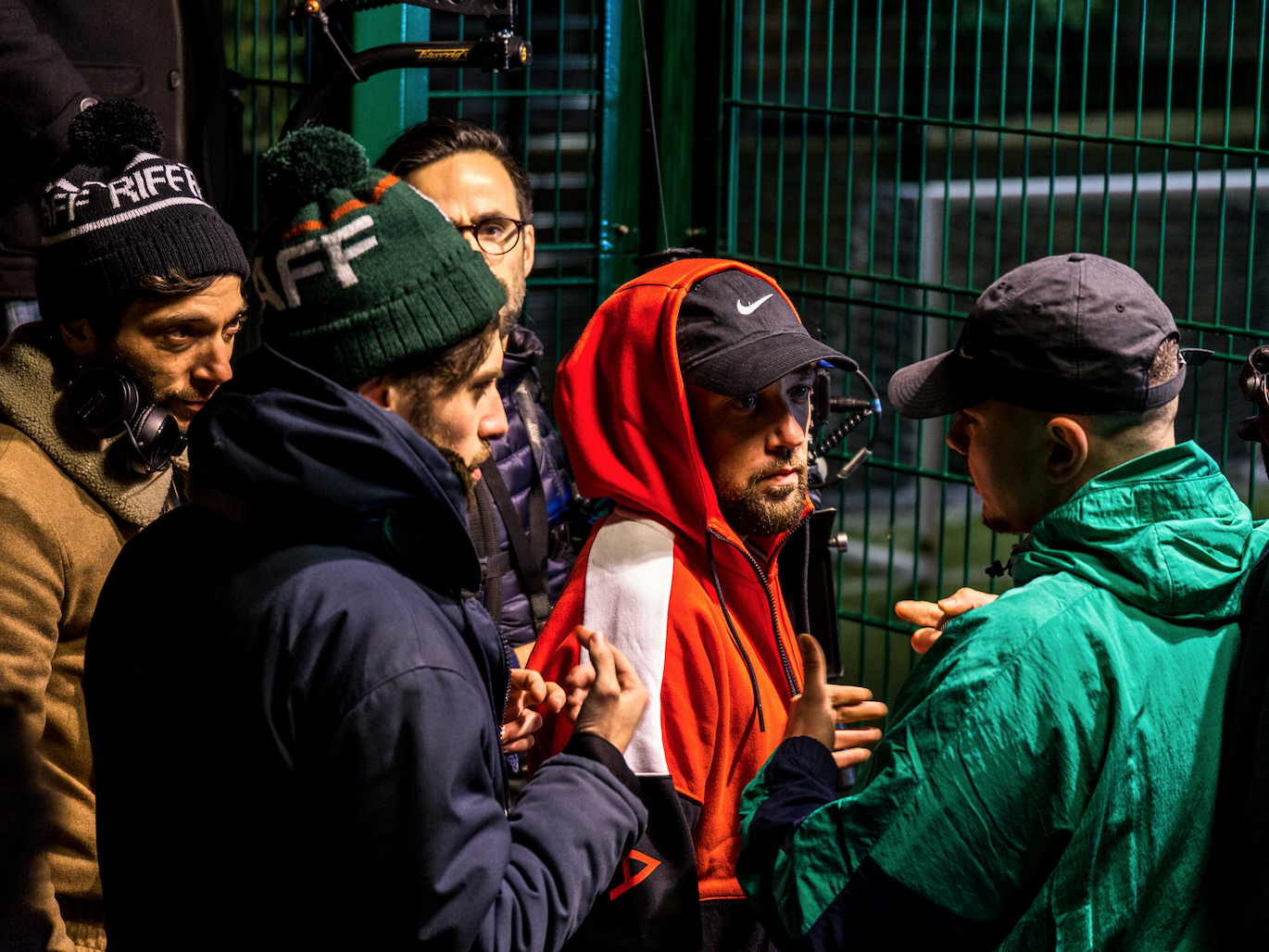
Was finding the right cast a big challenge?
Rodriguez: It was very hard. For some [segments], we were lucky to find the perfect person quickly, like the boxing girl who was immediately great and we didn’t need to work too much with her. But for some of the others it was more tough. And it wasn’t necessarily their fault, but you have the client, the agency… everyone wants and needs to be on the same page.
Berne: We learned how to work with non-professional actors. We realised we had to push them. When, in the casting, we saw them starting from a very shy place, then finding the strength to brake the ice and, finally, deliver a great performance they probably never imagined they could be capable of, we felt really amazed.
You don’t always do that with professional actors, you just wait for them to perform, but we acted more like sports coaches with them, pushing them to do better. We had to help them not to be shy.
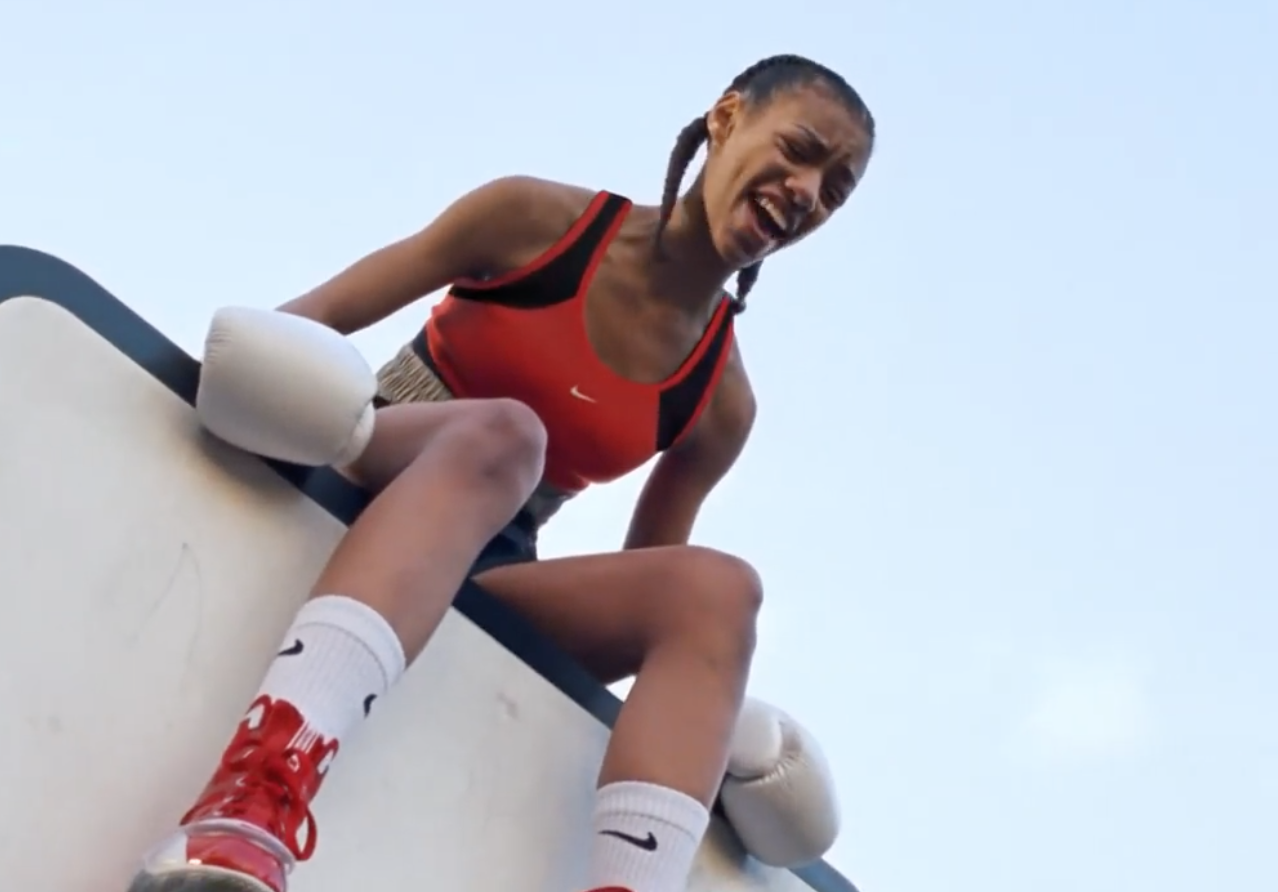
Which of the segments was the hardest to create?
Berne: The female footballer scene was one of the hardest to achieve. We wanted really tricky camera moves, with a drone. It was very difficult to do, technically, and for her as an actor. Also, the second scene, on Kingsland Road; it was hard for the talent because the street was really busy and everybody was looking at him and it was hard to control the crowd.
And how was working with a multitude of celebrities?
Berne: It’s always tricky with celebrities; you have to learn to adapt and you sometimes have to wait around or you have to reshoot, but that’s part of the job. It felt normal, it wasn’t difficult, it was something we knew we would have to deal with.
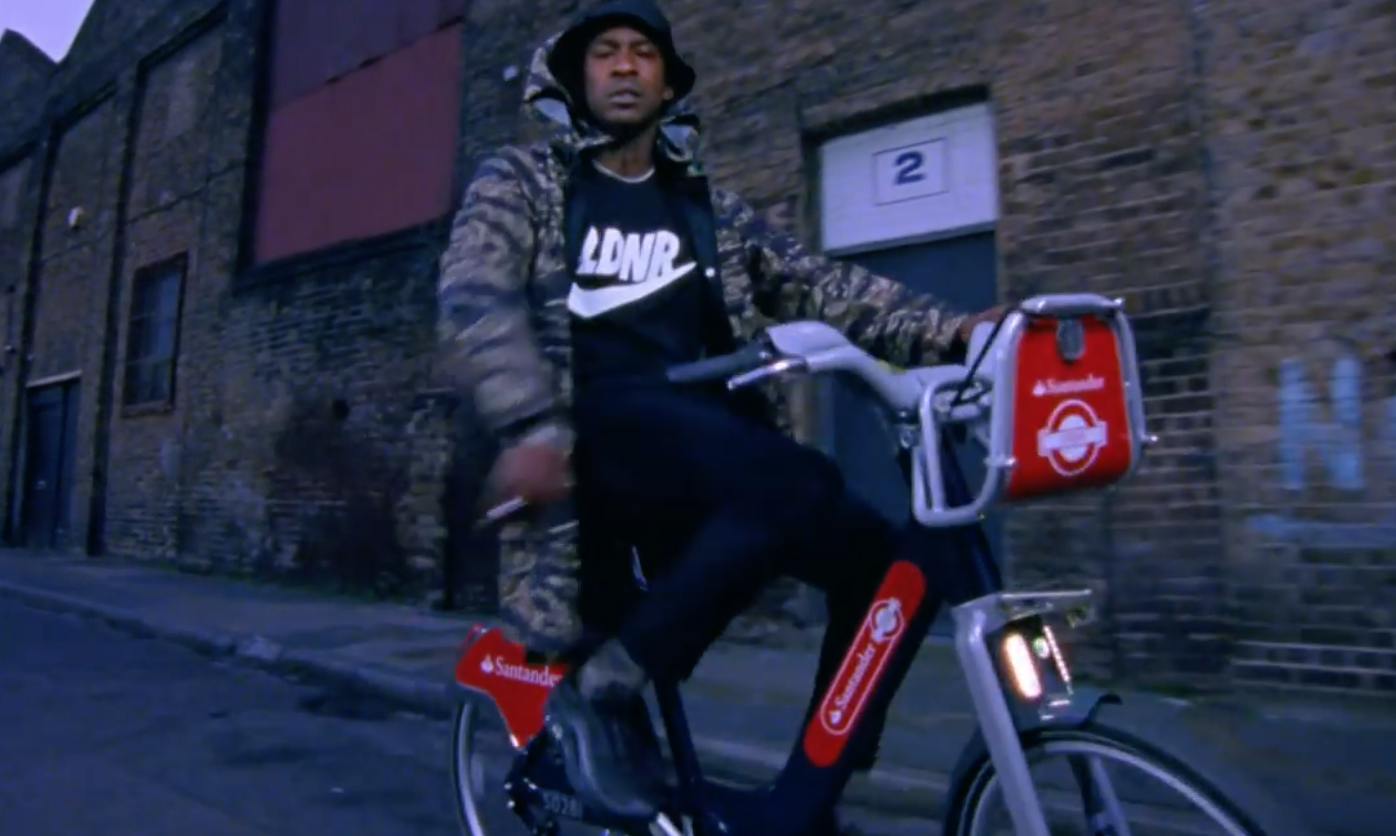
Are you proud of what you achieved with the final film?
Berne: French people are too proud to say we’re proud, but I think it’s safe to say we’re pretty happy with the finished film.
Connections
powered by
- Agency Wieden+Kennedy London
- Editing Company Final Cut
- Post Production Time Based Arts
- Production RIFF RAFF Films
- Sound Design 750mph
- Agency Producer Michelle Brough
- Colourist Simone Grattarola
- Creative Tom Corcoran
- Director Megaforce
- Director of Photography Nicolas Loire
- Editor Joe Guest
- Executive Creative Director Iain Tait
- Executive Creative Director Tony Davidson
- Executive Producer Matthew Fone
- Head of Production James Guy
- Producer Nick Goldsmith
- Sound Designer Sam Ashwell
Unlock this information and more with a Source membership.
)





